People Who Prove the World May Not be Going to Hell in a Handcart: Part 2
This is a continuation of my little series in which I try to spread a little cheer by profiling people who strive to uplift this world in some way. I am passionate about environmental issues, sustainability and animal protection, and I love finding out about individuals and groups who do incredible work in these areas. Having written about the "accidental activist" and urban gardener Sheryll Durrant last month, I am now turning my attention to a photojournalist named Paul Hilton. I have often written about him for One Green Planet and I greatly admire the things he does to help some of the most endangered ecosystems of our planet.
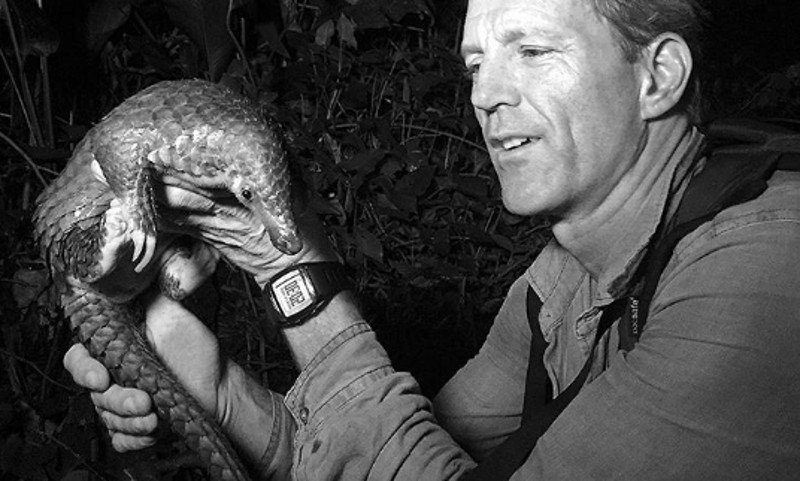 Credit: Paul Hilton
Credit: Paul HiltonIn 2009, his extensive work on conservation and photojournalism earned him a membership of the prestigious International League of Conservation Photographers. He published his first book, Man & Shark, in 2010. Man & Shark examines the atrocities of the worldwide shark finning industry, which has pushed many shark species to the brink of extinction and is responsible for the deaths of approximately 73 million sharks per year. Hilton's vast body of work on the shark fin trade led to his receipt of a World Press Photo award in 2012. He also received Wildlife Photographer of the Year awards in 2012, 2014 and 2016. Other honours include The Asian Geographic's "Best of the Decade" series and the Ark Trust Award. His photos were published in a book entitled Black Market, which deals with the illicit wildlife trade in Asia.
Hilton was originally born in the UK. His family relocated to Australia when he was very young, and by Hilton’s own account, his interest in helping endangered species was prompted by his nature-loving mother. Hilton said, “I remember when I was five, my mother wrote to the Australian government asking them to end commercial whaling. Then in 1978, Australia ceased all commercial whaling with the closure of its last whaling station. In 1979, Australia adopted an anti-whaling policy, permanently ending whaling in Australian waters. At the same time, Australia started to focus heavily on working towards the international protection and conservation of whales. That letter was a catalyst for me. It was a simple act with a powerful message.”
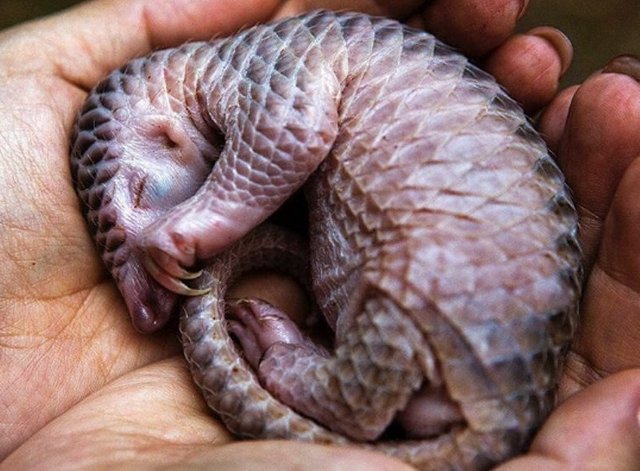 Credit: Paul Hilton
Credit: Paul HiltonHilton's photojournalism sheds light on a broad range of environmental issues, including species extinction, the illegal wildlife trade, ocean conservation, and the ongoing desecration of Indonesia’s rainforests to feed the palm oil industry. While these are heavy issues to tackle by anyone's standards, Hilton is determined not to sink into despair, but to take positive, proactive steps to conserve endangered animals and habitats. One of his recent initiatives was the establishment of a GoFundMe page to support the protection of vital elephant habitat in the Leuser Ecosystem of Sumatra. Working in partnership with Wildlife Asia and Haka (an Indonesian conservation group, not the New Zealand war dance 😉), he hopes to raise $200,000 Australian dollars to set up dedicated Elephant Patrol Units to protect these animals from poachers and ensure that they have a sustainable habitat range for years to come. At the time of writing, $89,070 has been raised.
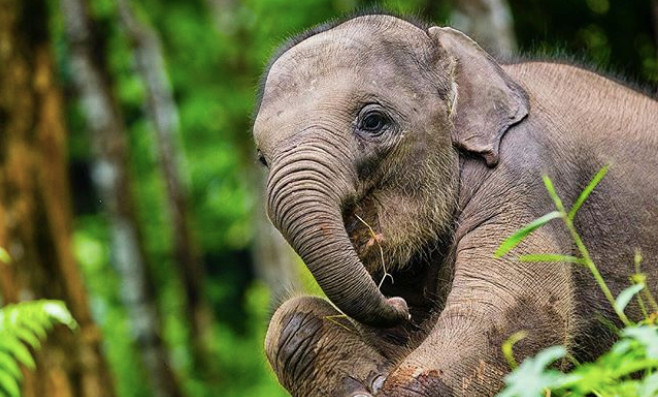
Credit: Paul Hilton/Instagram
In the caption accompanying the photograph above, Hilton wrote: "A Sumatran elephant calf stumbles over a log. This subspecies of the Asian elephant is critically endangered, with less than 2000 across Sumatra, but only a few hundred in the Leuser Ecosystem." He explains that establishing elephant protection units and collaring key herds will help researchers to gain a better understanding of their movements. He and his conservation colleagues hope that by gathering some solid scientific data about these animals, it will help them to raise awareness about their importance to the health of Sumatra's rainforest and their role in slowing down climate change. He states: "Saving species is the key to saving ourselves."
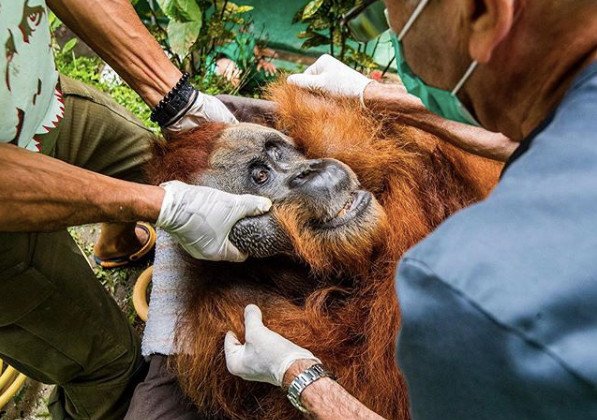
Credit: Paul Hilton/Instagram
I am aware as I type this that the whole purpose of my "People Who Prove the World May Not be Going to Hell in a Handcart" series is not to depress people, but to shine a spotlight on those who are making a difference, and give readers a sense of hope. The picture above isn't exactly the most cheerful one, but it felt very important to share it. I won't go into excruciating detail in this post about the problems that Hilton addresses in his work, but I will provide links below that explain the issues in greater depth, if anyone wants to know more about them. Right now, I will only say that Paul Hilton's work stands out to me as a beacon of hope, proving that all may not be lost when it comes to saving endangered habitats around the world. There is no doubt that many people around the world would never have found about the problems he tackles – and how they can make a difference – if it weren't for his tireless campaigns.
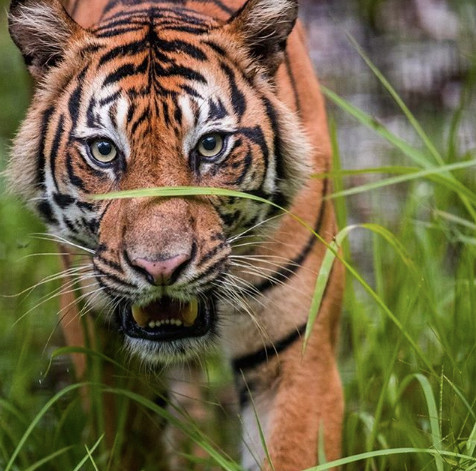
Credit: Paul Hilton/Instagram
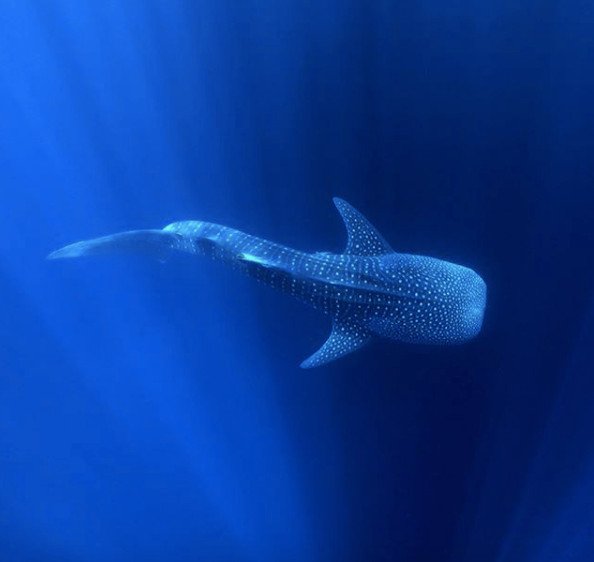
Credit: Paul Hilton/Instagram
You can keep up with Hilton's work via his website, Instagram or Facebook page. And now, as promised, here are some links that go into greater depth about the issues that Hilton highlights in his photographs. Perhaps they will be of interest to some people. 🙂
- Racing Extinction in the Leuser Ecosystem – Wildlife Asia
- Orangutan Rescue – International Animal Rescue
- Human-Wildlife Conflict – World Wildlife Fund
- The Shark Fin Trade is Still Legal in the U.S. Let's Stop This! – One Green Planet
- The Terrifying Truth: Our Future is Tied to the Future of Sharks – One Green Planet (written by yours truly!)
- 5 Tons of These Animals are Worth $1.4 Millon ... But What is the True Cost of Their Loss? – One Green Planet (another bit of shameless self-promotion here 😉)
Thanks you for taking time to write good content!
Upvoted.
Find out how I choose who to upvote and who to flag here:
https://steemit.com/steemit/@kabir88/show-me-your-best-no-someone-else-s
Thank you! 😊
This is an exceptionally brilliant article. Exactly what Steemit needs more of. Resteemed.
Aaw, thank you so much @condra. I appreciate the support!